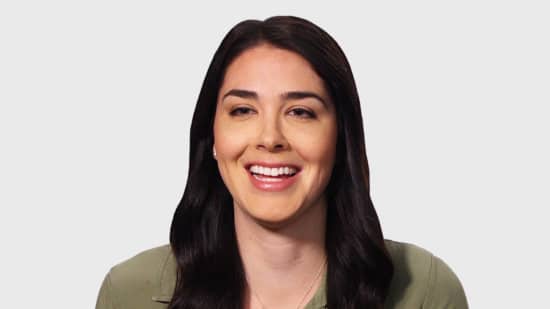Orthotist & Prosthetist
What you need to know
Orthotists and prosthetists design and fabricate medical supportive devices and measure and fit patients for them. These devices include artificial limbs (arms, hands, legs, and feet), braces, and other medical or surgical devices.
Orthotists and prosthetists work in various industries, including manufacturing, health and personal care stores, doctors’ offices, and hospitals. Most work full time.
Some of the things orthotists and prosthetists might do:
- Evaluate and interview patients to determine their needs
- Take measurements or impressions of the part of a patient’s body that will be fitted with a brace or artificial limb
- Design and fabricate orthopedic and prosthetic devices based on physicians’ prescriptions
- Select materials to be used for the orthotic or prosthetic device
- Instruct patients in how to use and care for their devices
- Adjust, repair, or replace prosthetic and orthotic devices
- Document care in patients’ records
- Communication skills. Orthotists and prosthetists must be able to communicate effectively with the technicians who often fabricate the medical devices. They must also be able to explain to patients how to use and care for the devices.
- Detail oriented. Orthotists and prosthetists must be precise when recording measurements to ensure that devices are fabricated and fit properly.
- Patience. Orthotists and prosthetists may work for long periods with patients who need special attention.
- Physical dexterity. Orthotists and prosthetists must be good at working with their hands. They may fabricate orthotics or prosthetics with intricate mechanical parts.
- Physical stamina. Orthotists and prosthetists should be comfortable performing physical tasks, such as working with shop equipment and hand tools. They may spend a lot of time bending over or crouching to examine or measure patients.
- Problem-solving skills. Orthotists and prosthetists must evaluate their patients’ situations and often look for creative solutions to their rehabilitation needs.
The average pay for orthotists and prosthetists in the United States was $78,310 in May 2024 according to the U.S. Bureau of Labor Statistics.
The pay for orthotists and prosthetists depends on factors such as level of experience, education and training, geographic location, and specific industry.
About 800 new job openings for orthotists and prosthetists are projected each year, on average, over the next 10 years in the United States.
Overall employment of orthotists and prosthetists is projected to grow 15 percent from 2023 to 2033 according to the U.S. Bureau of Labor Statistics. This is much faster than the average growth rate for all occupations.
Demand for orthotists and prosthetists is projected to rise as the large baby-boom population continues to age.
Orthotists and prosthetists will be needed because both diabetes and cardiovascular disease, the two leading causes of limb loss, are more common among older people.
All orthotists and prosthetists must complete a master’s degree in orthotics and prosthetics. These programs include courses in upper and lower extremity orthotics and prosthetics, spinal orthotics, and plastics and other materials used for fabrication. In addition, orthotics and prosthetics programs have a clinical component in which the student works under the direction of an orthotist or prosthetist.
Master’s programs usually take 2 years to complete. Prospective students seeking a master’s degree can have a bachelor’s degree in any discipline if they have fulfilled prerequisite courses in science and math. Requirements vary by program.
Discover some of the courses you will take pursuing a degree in Biology or Chemistry.
